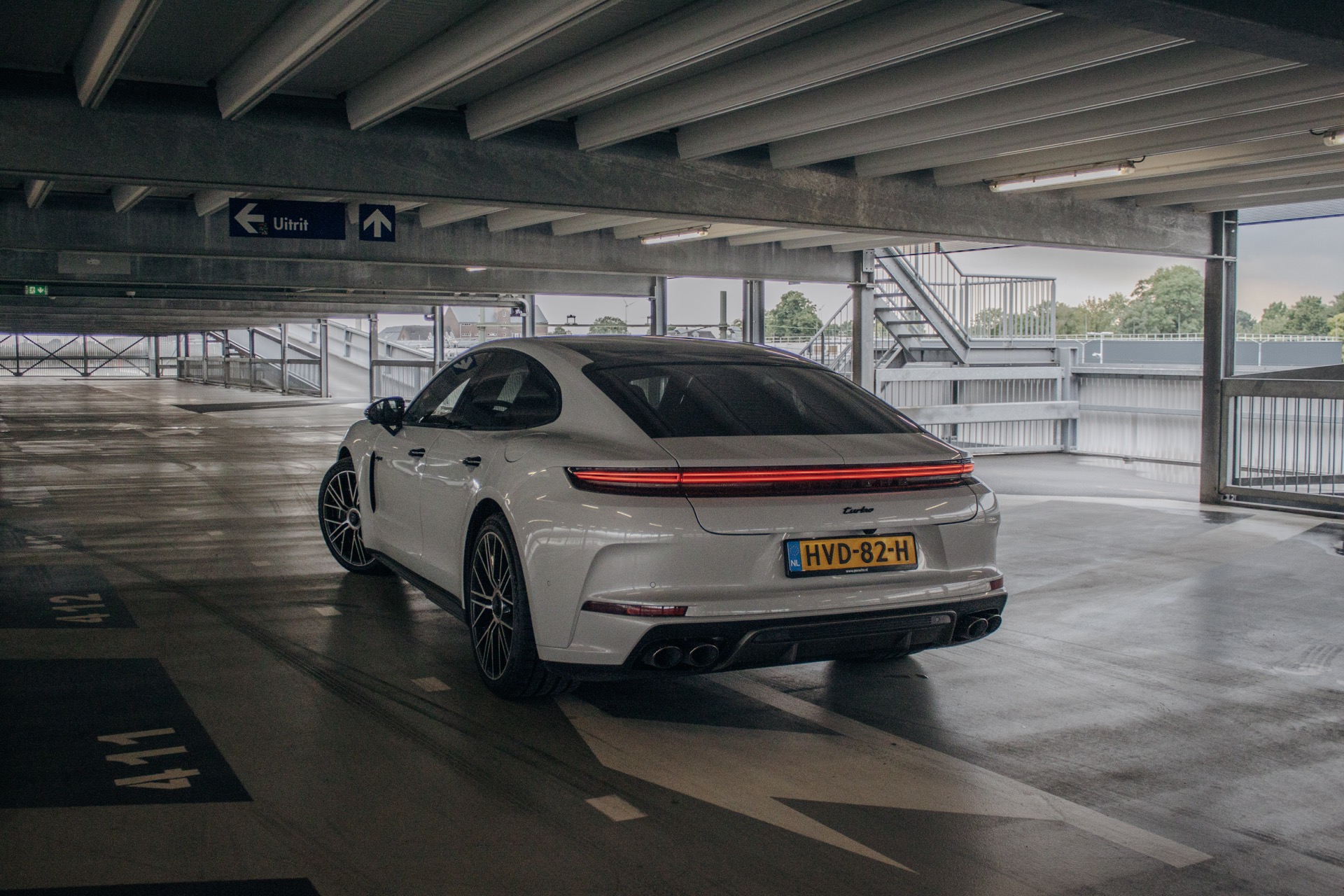Written by Daniel Pronto
The word you read above carries a lot of weight in the automotive world, arguably more than any other. As a tech innovation, it was first introduced in WW2 to aid the performance of airplane engines at high altitude and only made its way into automobiles in series production in the 60s, with the Oldsmobile Jetfire. It wasn’t really until the mid 70s that it became ubiquitous. For most of us, when referring to the word as a trim level of a specific model, the 911 Turbo is what we mean. In its first generation, designated 930, it became the widow-maker. This was the term most accurately descriptive of the lag (specifically in the 4-speed model), which would catch a lot of people off-guard.
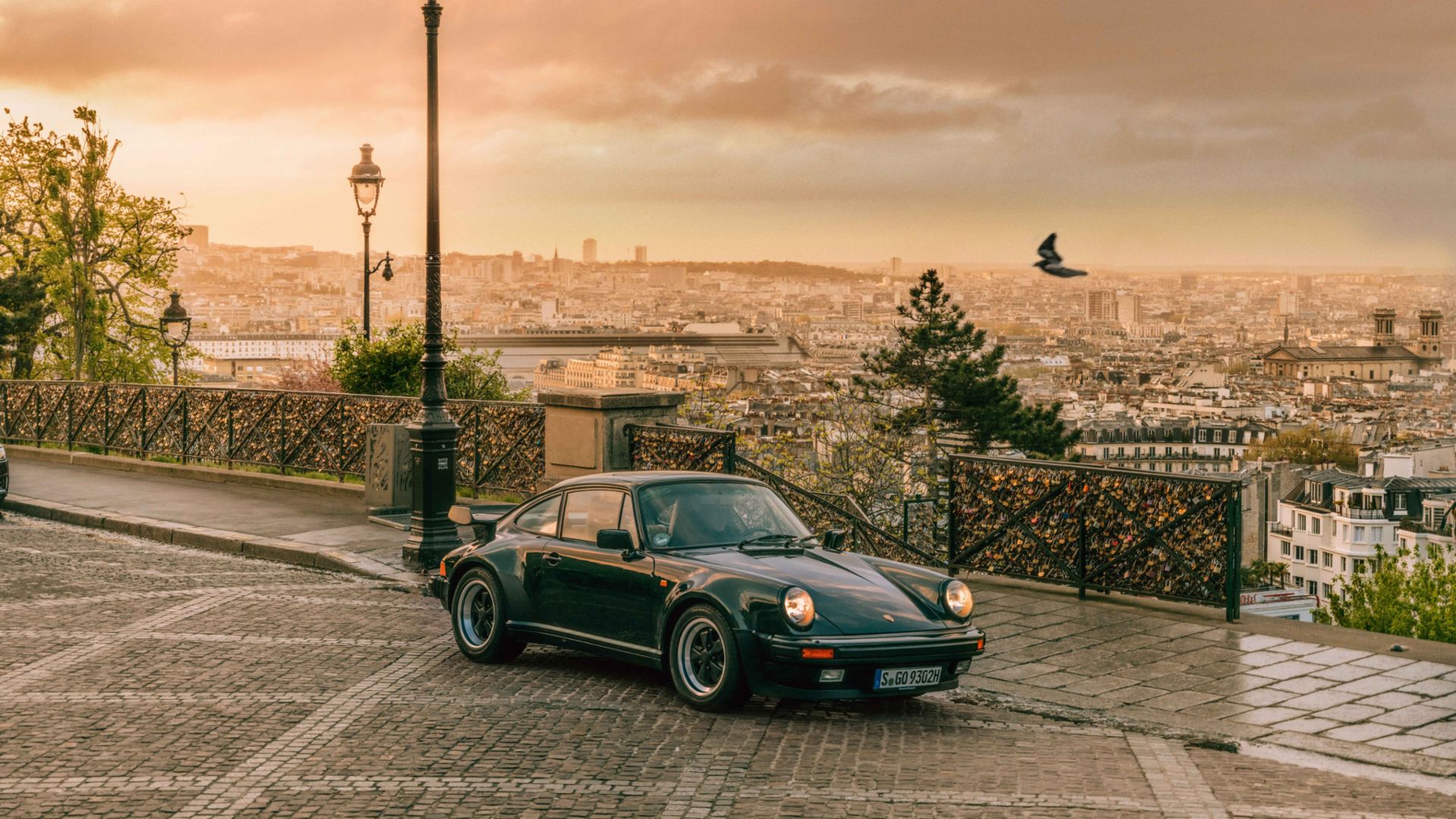
Since then, and especially in the 80s and 90s, with turbo-branded razors and turbo-branded washing beef smokers, the word took on a certain cultural significance and today it holds marketing value. When Porsche first introduced the Panamera at the Shanghai Motorshow in 2009, three trim levels were launched: the S, 4S, and the one we’ll be focusing on today, which its designation you can guess.
It boasted over 500ps and 700nm, easily giving the M5, RS6, and E63 a run for their money. Honourable mentions for the Quattroporte GTS and Jaguar XJL are given as they are my personal picks. With the AWD and PDK, the secret sauce for many years, it could pounce almost as quickly to 100 km/h as a “proper” Turbo.
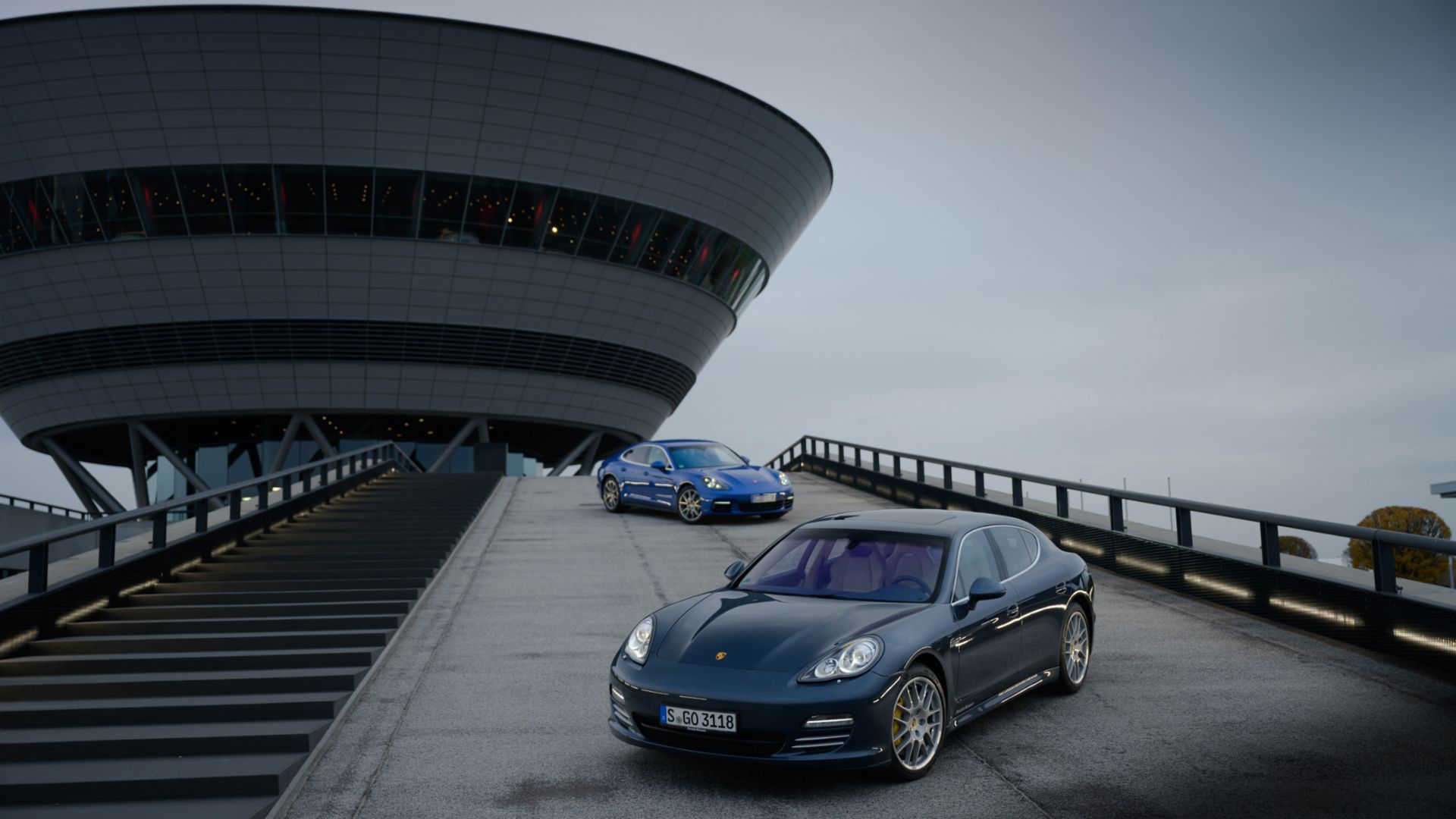
That first generation car, code 970, was plagued with a few problems, namely the styling. I never particularly loathed it, but it doesn’t excite me either. It did not help that from my dad’s mouth it was referred to as the “Panamerda”. The awkward hatchback shape, the large wheels, and the lack of resemblance to anything else they made were also unhelpful. It was face-lifted in 2013, and by then the full range was completed with Diesel V6 and V8 models, standard Hybrids, and the mighty Turbo S.
By 2020, four years into its lifecycle, the second generation “971” had become a real success. The Turbo S e-Hybrid variant had crowned it the quickest factory four-door car ever, infamously destroying an Audi R8 V10 in a drag race. The 971 also benefited from a few styling changes. The sport turismo (traditional wagon) trim level was introduced and the heavily criticised hatchback look of the standard model was sharpened with tighter shoulder lines and an overall more aggressive stance. This blended well with the 930-inspired rear light-bar which had become part of every Porsche model by then – marking the beginning of the retro-inspired design language dominating the brand today.
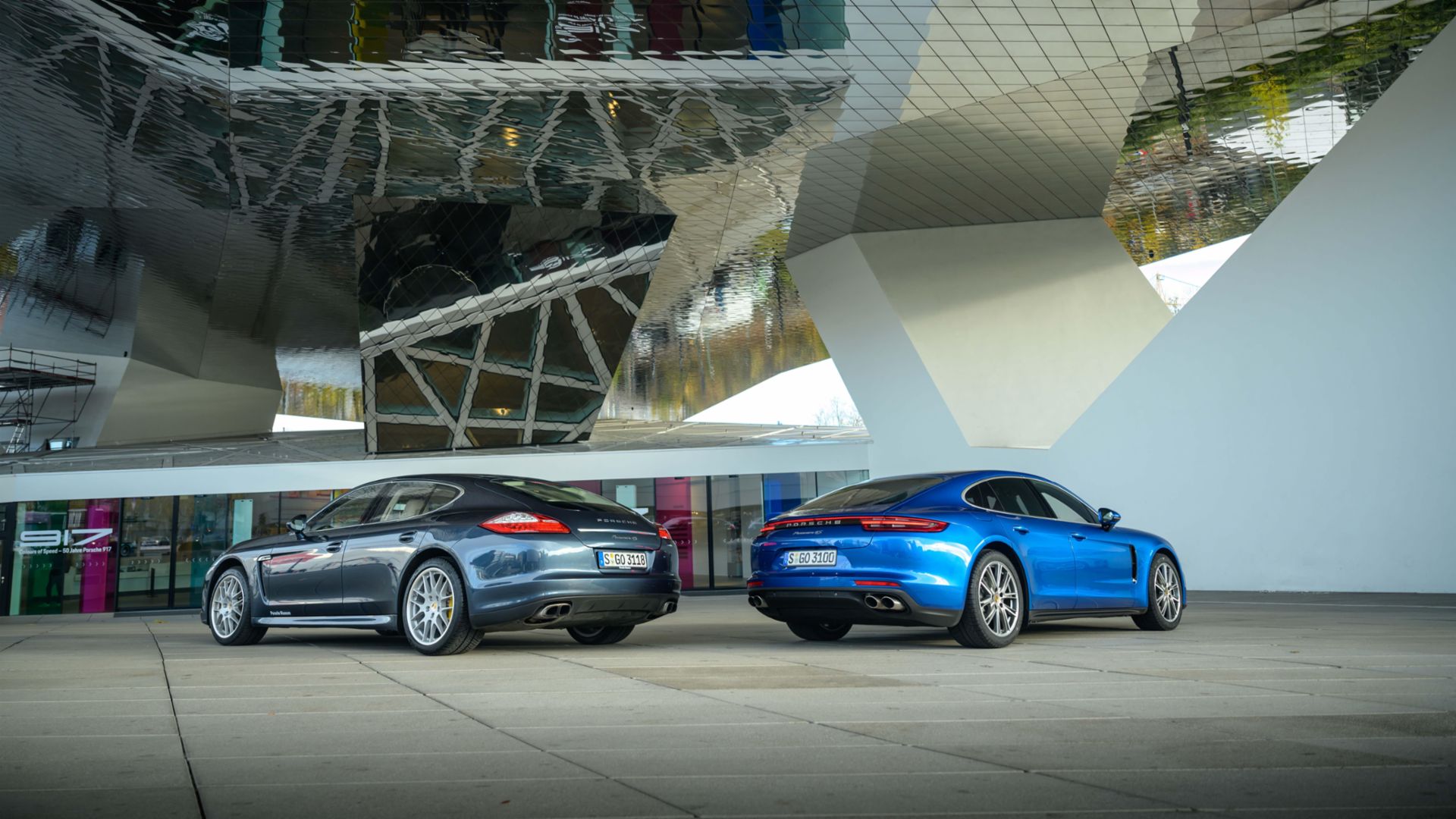
The one I am reviewing is the culmination of all that development and refinement. To put my woes to the side: the Sport Turismo body style was canned in this 976 generation. Understandably, very few of them sold, partially because they were marketed insufficiently in my opinion. Anyway, the big sell for this newest one, and the reason I so wanted to drive it is the Active Ride system. I don’t think I can drive a big saloon without it anymore. What is Active Ride? Well, much like the “bounce mode” on those ghastly Mercs, the high-voltage architecture making the hybrid stuff work also powers these sick hydraulic dampers on each wheel.
Adopting a systems-engineering perspective, this adds a massively important parameter to the control-suite of the driver, taking the saloon experience to a level I hadn’t really appreciated. It gives it the kind of capability a nerd like me had dreamed of as the dread of computer-laden cars became evident as I was growing up. You unlock a new level of fun with this system, when it anti-dives, anti-squats, and anti-rolls through heavy braking zones, exiting out of and going around bends. Impressive cannot begin to describe it. In fact, it was so capable that during development, the engineers had to dilute it a bit as to not make it so jarring. Surely most of you have seen the video of the engineers using an iPhone SE’s gyroscopic data to show off the actuation of the dampers. Why this isn’t on the cover of a Popular Mechanics issue beats me…
All but two petrol engines were ditched, the 2.9L V6, and the 4.0L V8 – both twin-turbocharged. Each can be had with or without the Hybrid system, but it is a necessary pairing if you want the Active Ride. I don’t like to disappoint, but this specific example is not the full-Banzai 790ps Turbo S e-Hybrid, it’s the non-S, with a hundred less horsepower. Costing nearly 250.000 euro, it is not cheap. As Michael Fidowicz from Candy Showroom said, peak car is expensive. This Panamera is as close to peak car as I’ve experienced.
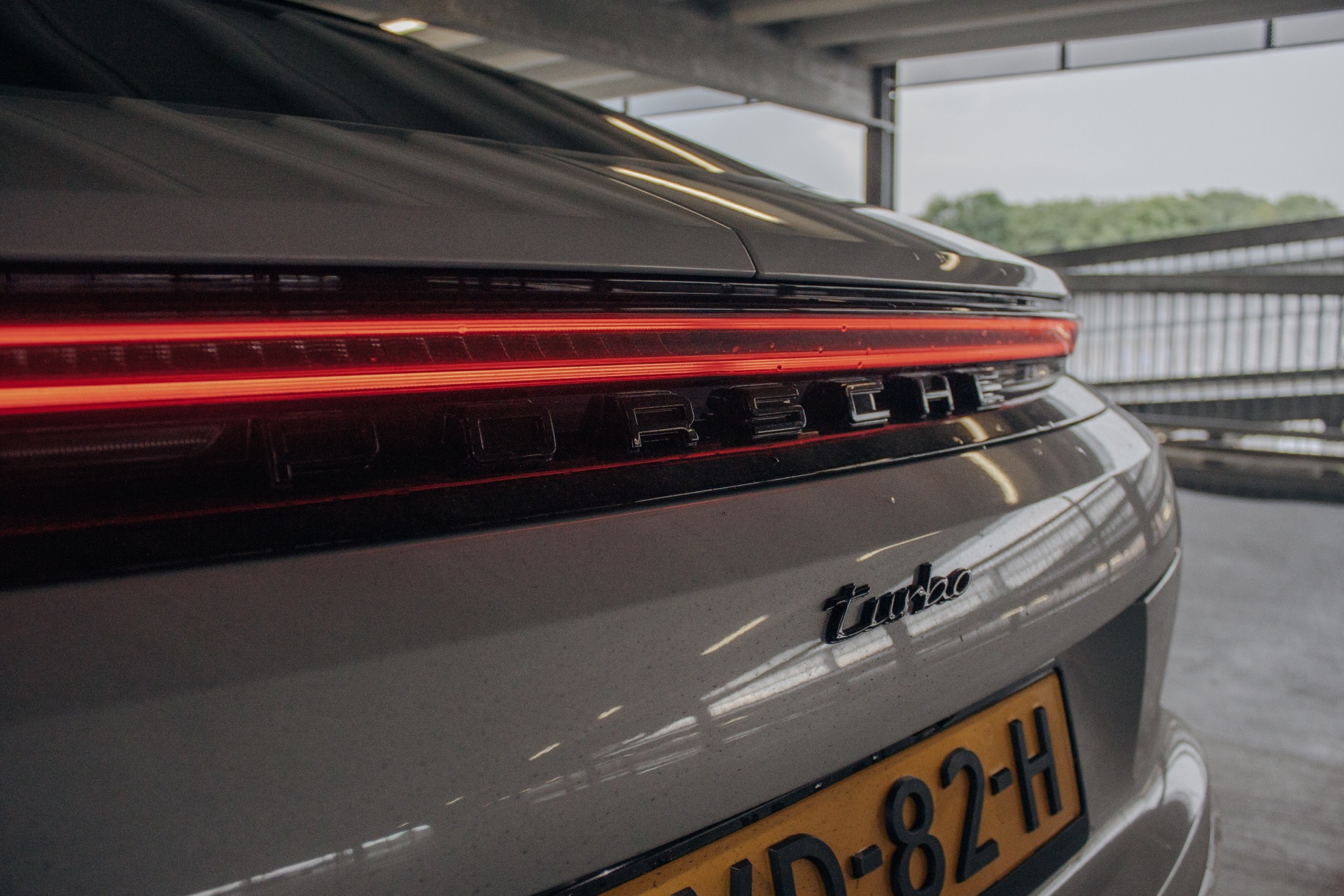
I decided I’d take my friends out in it, and being blessed with having the autobahn at our doorstep, we would be doing what it was designed for. There is almost nothing I like more than bringing friends along, getting their reactions, and providing more reference points for their driving portfolio. It has become almost a ritual or rite of passage for these cars too. Leaving at around midnight from Arnhem, we headed East. We are quite privileged having the autobahn at our doorstep, with the derestricted section extending almost all the way to Düsseldorf. With a twelve second sprint to 200 km/h, the average speed soon climbed, and before we knew it the first service station flew past. In the dead of the night, the twin-turbochargers came alive, coating the entire experience with a layer of athleticism consistent throughout each component you can interact with as a driver. The whole car hunkers down at 270 km/h, and ticking past 300, the cooled seats and 710-watt Bose sound system only add to the feeling that it truly is capable of anything with no compromise. One can be confident in taking those long sweeping corners and slight elevation changes at near-Vmax. The LED-matrix lights help it maintain a dominant signature in the rear-view mirrors of any trucks or adventurous Skoda VRSs that may wander into the fast lane – although not really a concern at 1 a.m.
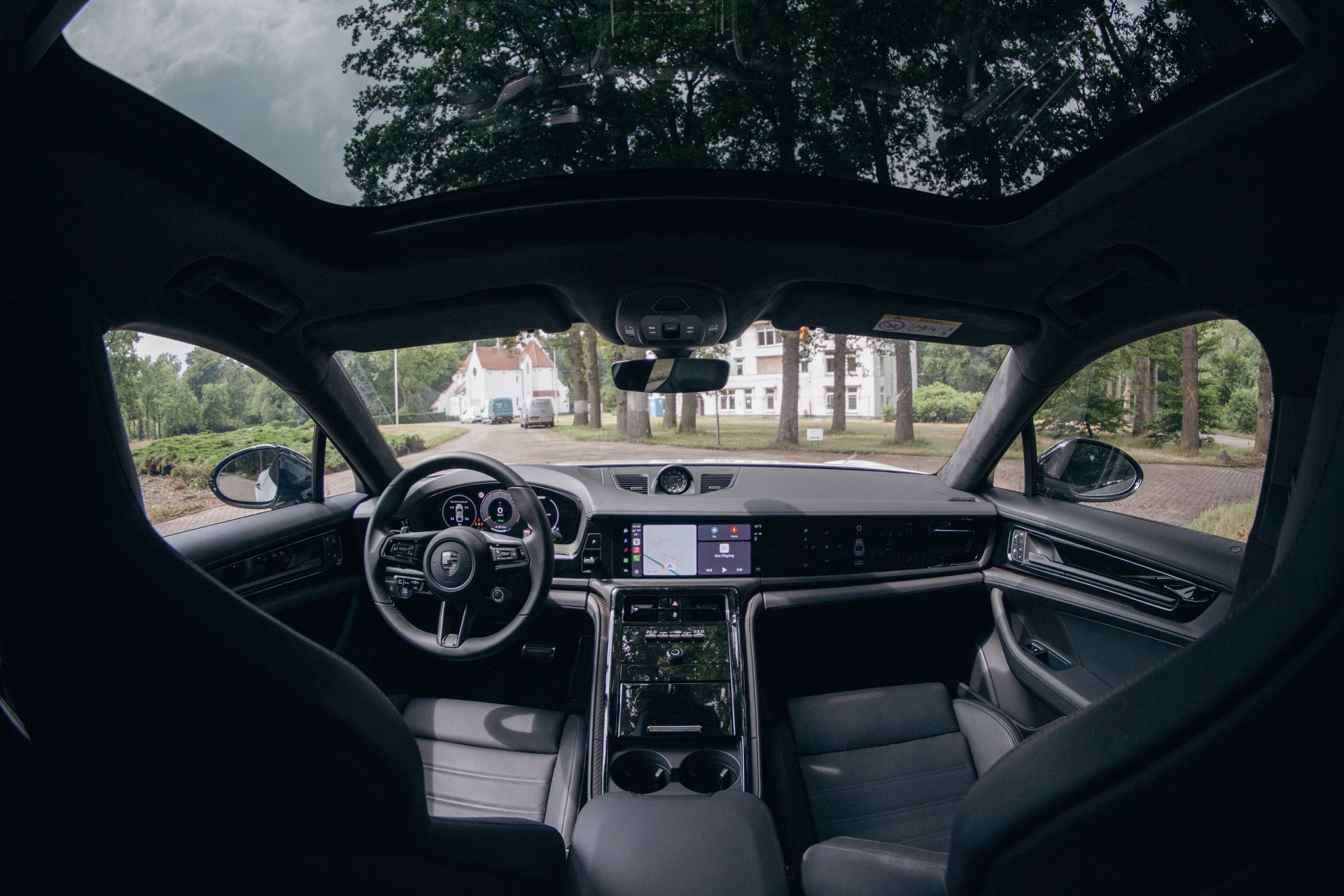
It not all just top speed runs where the Panamera excels – I conducted a number of launch controls, which become quicker incrementally as the computers learn the surface. With the “secret sauce” I mentioned earlier, it makes for one of the most explosive launches I’ve ever felt, only exacerbated by the addition of electricity to the powertrain. The hybrid also gives you much more modal control over the powertrain with torque shift-interruption and lag being completely mitigated. You can short-shift up even two gears if you want, and one of my favourite things to do was to pull from 70 or 80 to around 150 km/h in 5th or 6th and letting the surge take over. It’s very luxurious in that way with so much torque available on-demand.
At around 3 a.m., we started making our way back, stopping by at a trusty Aral service station to fill up. V-maxing is fun and all, but there’s nothing quite like popping the cruise control on at 200 km/h and letting the car do its thing. In those moments we realised how far the dual-personality aspect of these cars had come, and how the hybrid system widens that to larger horizons than ever before. Around town, in complete silence, you’re left to appreciate the magic of that Active Ride, only making me wish I could have kept the car longer than the two days that I had it. Once again, and in the spec I drove it, a quarter of a million euro is a lot of money – but I must say that it stands up to that cost with an inimitable sense of luxury, poise, and confidence, keeping the occupants at the center of the experience as any great Porsche has always done.
